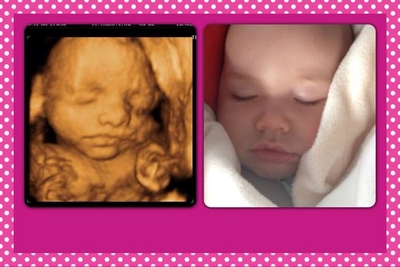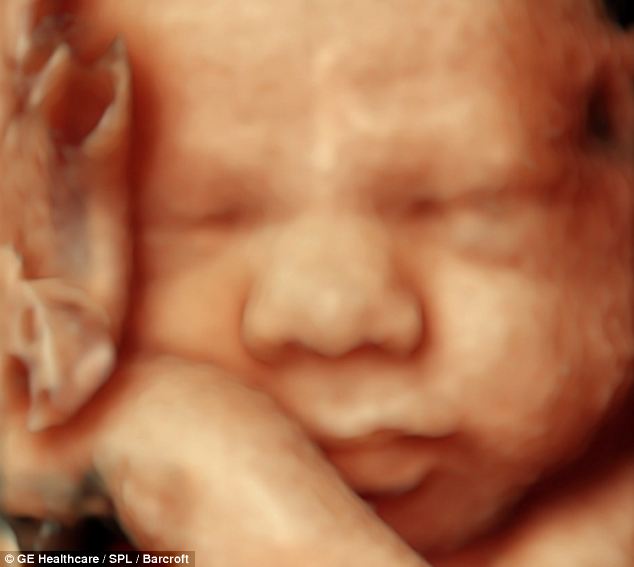
The box pictured here is the Region of Interest box, most often referred to as "ROI". You’ll be able to adjust the size and position of this overlay. In this mode, you will have a 2D image on the screen along with a convex outline over the image as shown in this image. When you first enter 4D, you'll see a convex box that appears. Step 2: Correctly Setting the Region of Interest/Render Box What I'm helping you do is eliminate as many obstructions as possible. It is okay if you cannot meet all of these criteria. If you're unable to meet these characteristics for a good 2D image, you will need to ask the baby to move its position. Depending on the appendage and angle, it may even block the image of the face entirely. Ultrasound waves can’t penetrate bone very well and will show up as a shadow on the baby's face.


What is considered a "good" 2D image for 4D imaging? The best 2D image for a good “babyface” image has the following characteristics: Keep slowly adjusting the knob until you find that happy medium to provide a contrast between the dark fluid and a light face. On other ultrasound machines, it’s indicated as “2D”, “B”, or “Gain”. On some ultrasounds, the Gain control is a 2D knob that you twist. On the other hand, too much gain will give you a “fuzzy” image. Too little gain produces a very dark image. The Gain is essentially the brightness of the ultrasound image. Gain Control: Capturing a quality 2D image includes cleaning up the image by adjusting the Gain.

right pelvic to left pelvic or vice versa). If you see the spine, you’ll need to angle the probe from the other side (i.e. Once positioned near the pelvic bone, pretend you’re aiming a flashlight towards the cervix by angling the probe head towards the cervix. Often, the best angle for a baby's face is by positioning the probe near the pelvic bone on the left or right side, not from the middle of the belly. Now, you'll want to capture a good 2D image of the baby's profile. While I use the Voluson for the screenshots, the principles that apply here work for any 4D ultrasound. If you are not familiar with your ultrasound machine, it will be difficult for you to follow these steps. Second, this guide is written for someone who has a basic knowledge of their ultrasound machine. First, this guide cannot replace applications training. Since we all have to start somewhere, I have built a guide that will give you the right foundation to start perfecting your 4D imaging.Ī few notes before moving forward. Simply put, 4D imaging is not easy, and the only way to learn it is practice, practice, practice.

With the variety of people that I've trained, I have not found that experience, degree, or general intelligence can predict how quickly a user will grasp 4D ultrasound imaging. Some were experienced sonographers and physicians, and others had barely used an ultrasound before. Over the last 21 years, I have trained hundreds of people in 4D ultrasound. I know exactly why: 4D ultrasound concepts can be a difficult process for both new and experienced sonographers. Of all the topics I have covered in my videos, this one is of the top-viewed of all time.


 0 kommentar(er)
0 kommentar(er)
